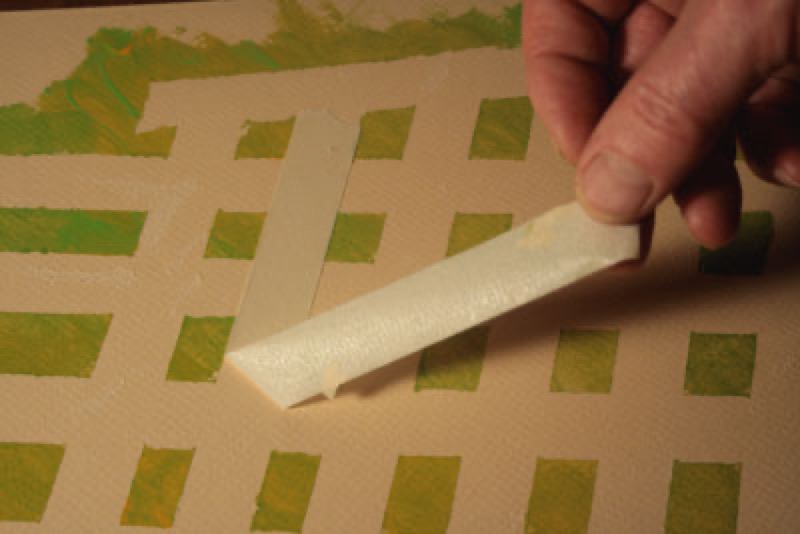Place it where it is needed. Whether you need to leave some white spaces, draw irregular edges, or on the contrary, straight ones… Masking is a solution that will make your life easier in a lot of situations!
What you need to know
What accessory can't you live without? Masking tape. It's not very sticky so it doesn't damage the medium when you remove it.


